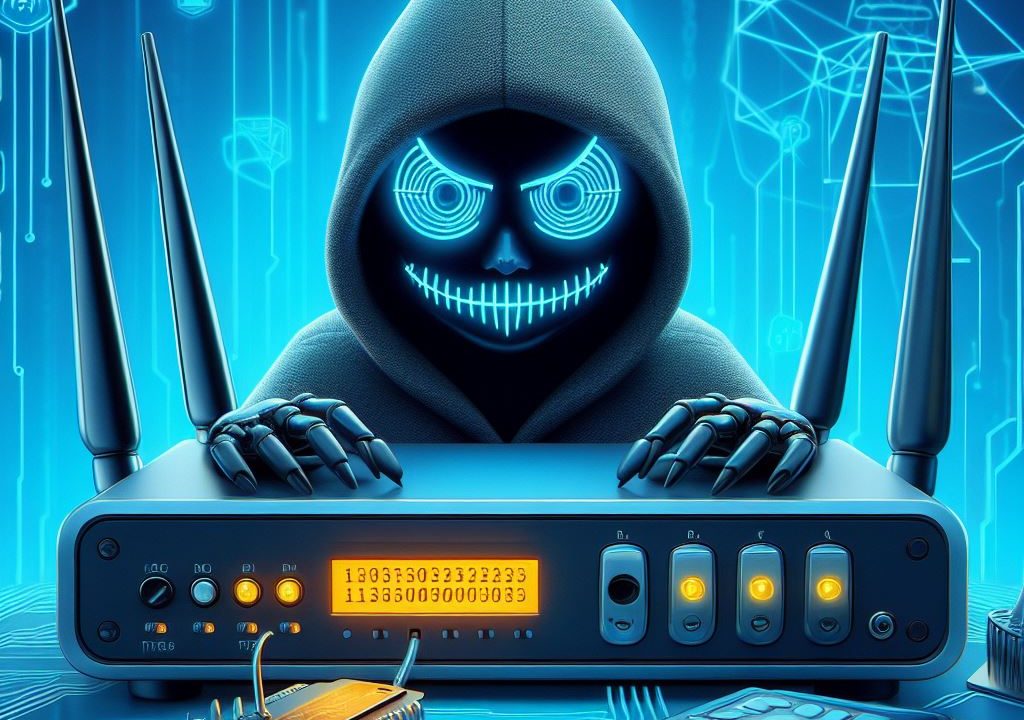Wi-Fi is a convenient and essential technology that allows us to connect to the internet wirelessly. However, it also comes with some security risks that we need to be aware of and protect ourselves from. In this blog post, we will explain how hackers can break into your Wi-Fi network using a technique called WPA2 attack, and what you can do to prevent it.
What is WPA2 and why is it vulnerable?
WPA2 stands for Wi-Fi Protected Access 2, and it is the most common encryption standard for Wi-Fi networks. It is supposed to ensure that only authorized devices can access the network and that the data transmitted over the network is encrypted and secure.
However, in 2018, a security researcher discovered a flaw in the WPA2 protocol that allows hackers to obtain the encryption key of the network by capturing a special type of data packet called PMKID (Pairwise Master Key Identifier). This packet is sent by the router to the device when they try to connect to the network, and it contains a hash of the network password and other information. By capturing this packet, hackers can use a tool called hashcat to crack the password offline using brute force or dictionary attacks.
How does a WPA2 attack work?
A WPA2 attack is a type of Wi-Fi hacking that exploits the PMKID vulnerability. It involves the following steps:
- The hacker uses a tool such as hcxpcaptool to request the PMKID from the targeted router and dump the received frame to a file. For example, the command could look like this:$./hcxdumptool -o test.pcapng -i wlp39s0f3u4u5 –enable_statuswhere test.pcapng is the name of the output file, and wlp39s0f3u4u5 is the name of the Wi-Fi interface.
- The hacker uses another tool such as hcxpcaptool or hcxpsktool to extract the PMKID and other information from the file and convert it to a format that hashcat can use. For example, the command could look like this:$./hcxpcaptool -z test.16800 test.pcapngwhere test.16800 is the name of the output file, and test.pcapng is the name of the input file.
- The hacker uses hashcat to crack the password using a wordlist or a mask. For example, the command could look like this:$./hashcat -m 16800 test.16800 -a 3 -w 3 ‘?l?l?l?l?l?lt!’where -m 16800 specifies the hash type, test.16800 is the name of the input file, -a 3 specifies the attack mode (brute force), -w 3 specifies the workload profile (high), and ‘?l?l?l?l?l?lt!’ is the mask (five lowercase letters followed by an exclamation mark).
- If the password is found, hashcat will display it on the screen. The hacker can then use the password to connect to the network and perform other malicious activities.
How to secure your Wi-Fi network against WPA2 attacks?
There are some simple and effective ways to secure your Wi-Fi network against WPA2 attacks and other types of Wi-Fi hacking. Here are some of them:
- Change your router’s default settings. Change the default administrative username, password, and network name (SSID) to something unique and hard to guess. Don’t use any personal information or router brand names. This will prevent hackers from logging into your router and changing your settings.
- Create a strong Wi-Fi password and change it often. Use a long and complex password that contains a mix of uppercase and lowercase letters, numbers, and symbols. Avoid using common words or phrases that can be found in a dictionary. Change your password regularly and don’t share it with anyone.
- Enable router encryption and firewall. Make sure your router is using the latest encryption standard, which is WPA3. If your router doesn’t support WPA3, use WPA2 instead. Avoid using WPA or WEP, which are outdated and insecure. Also, enable your router’s firewall, which can block unwanted incoming and outgoing traffic.
- Set up a guest network. If you have visitors or guests who need to use your Wi-Fi, create a separate network for them with a different password and SSID. This will isolate your main network from potential threats and limit the access of your guests.
- Use a VPN. A VPN (Virtual Private Network) is a service that encrypts your internet traffic and routes it through a secure server. This can protect your data from hackers, ISPs, and other third parties. You can use a VPN on your router or on your individual devices.
- Know the other Wi-Fi networks around you. Be aware of the Wi-Fi networks that are in your vicinity and avoid connecting to unknown or suspicious ones. Hackers can set up fake Wi-Fi networks that look like legitimate ones to trick you into connecting and stealing your information. You can use a tool such as NetSpot to scan and analyze the Wi-Fi networks around you and identify the ones that are safe and secure.
Conclusion
Wi-Fi hacking is a serious threat that can compromise your privacy and security. By following the tips above, you can secure your Wi-Fi network and protect yourself from WPA2 attacks and other types of Wi-Fi hacking. Stay safe and enjoy your wireless internet!
I’ll try to create a feature image for the post.






